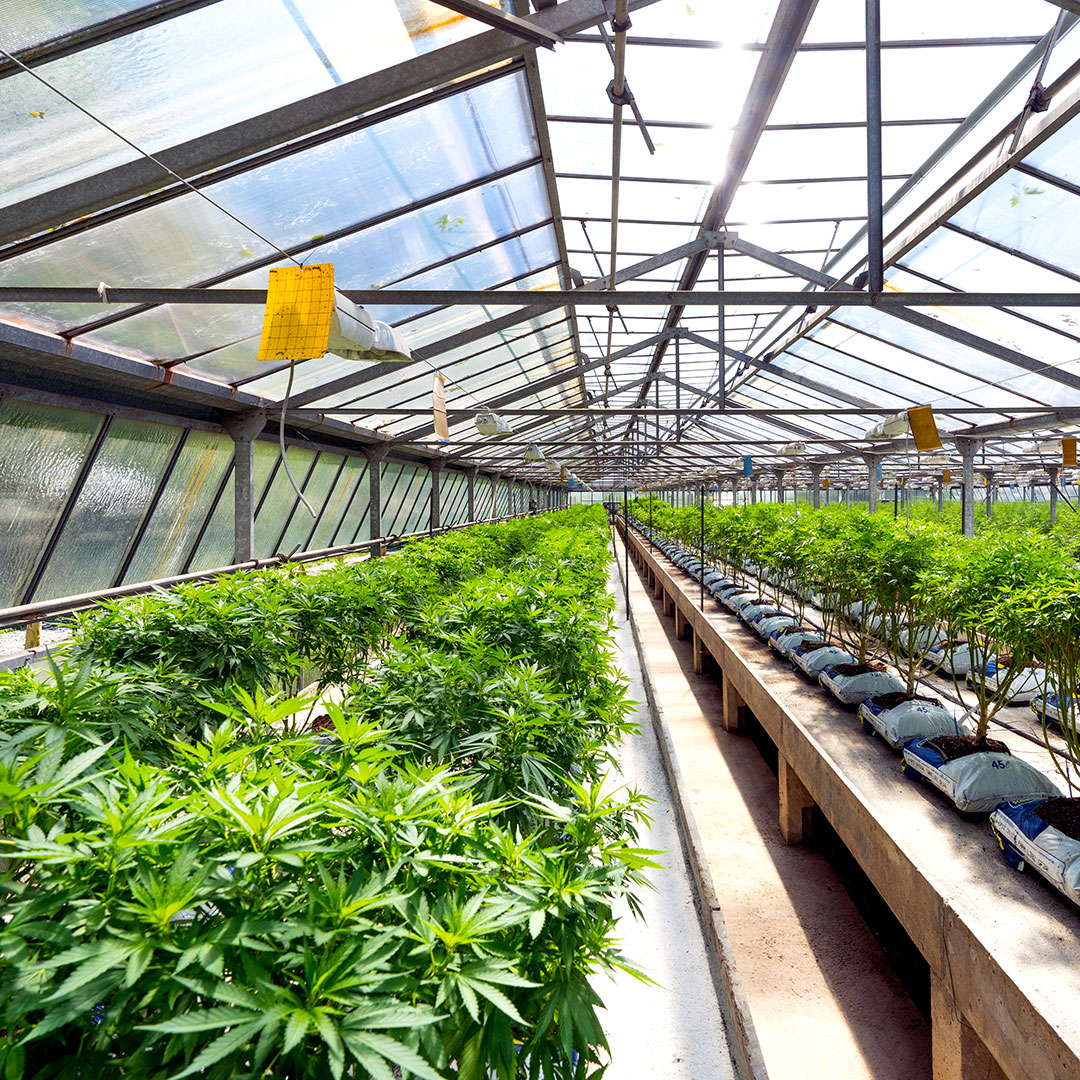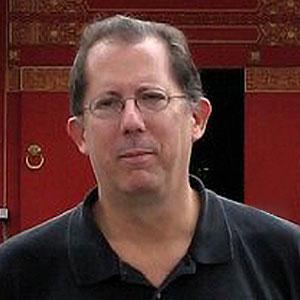Environmental Contaminants in Cannabis

WHEN
Thursday, March 2, 2023
11:00 a.m. - 12:00 p.m. (Pacific Time)
LOCATION
Online
Zoom
PRICE
Free
Check out this video to watch the Environmental Contaminants in Cannabis.
Hidden Health Hazards to Recreational Users and Medical Patients
A Speaker Series: Toxicology and Societies - The Impacts of Chemicals in Our Lives
Brought to you by:
WWU Institute of Environmental Toxicology and Chemistry
WWU Alumni Association
As cannabis and cannabis-based products are becoming more popular for symptomatic relief in patients with medical conditions, including autism, cancer, PTSD, seizures, epilepsy, as well as Parkinson’s disease, contaminant exposure in medical use is now a concern for public health. In order to inform further research and provide solutions to the public health risk of cannabis contaminants at a national level, we examined the current landscape of state-level contaminant regulations, cannabis contaminants of concern, as well as patient populations susceptible to contaminants.
As of May 18, 2022, 36 states and the District of Columbia listed a total of 679 cannabis contaminants as regulated in medical or recreational cannabis, including 551 pesticides, 74 solvents, 12 inorganics, 21 microbes, five mycotoxins, and 16 other contaminants. Different jurisdictions showed significant variations in regulated contaminants and action levels ranging up to four orders of magnitude. A failure rate of 2.3% was identified for flowers and 9.2% for extracts in the California samples.
Insecticides and fungicides were the most prevalent categories of detected contaminants, with boscalid and chlorpyrifos being the most common. The contaminant concentrations fell below the regulatory action levels in many legalized jurisdictions, indicating a higher risk of contaminant exposure. Cannabis use reports indicated usage in several patient populations susceptible to contamination toxicity, including cancer (44,318 patients) and seizure (21,195 patients).
This study demonstrates the urgent need to mitigate the public health risk of cannabis contamination by introducing national-level guidelines based on conventional risk assessment methodologies and knowledge of patients’ susceptibility in medical use. Further studies will use adverse outcome pathway models to predict how medical use guidance, contaminant regulations, and risk communication can affect patients’ health in different jurisdictions in the U.S.
More information about the speaker series is available. All past Toxicology and Societies recordings are also available.
Q&A from the Presentation
Question: Can you compare smoking vs vaping bud vs eating? Are the risks from contaminants different depending on the way the cannabis is consumed?
Answer: The impact of different routes of exposure to cannabis contaminant toxicity is largely unknown. First, there is no information on what happens to a pesticide after combustion or pyrolysis (i.e. heating with combustion). So it is unclear how much pesticide (or what left of it) is transferred to our airways after the smoking or vaping process. Second, a recent study suggests that the heating and vaping process may not suffice to eliminate microbial contaminants. More information is available.
Question: Is the solution to this a legislative one, or is there enough legal precedent on pesticides that a judicial process could help as well?
Answer: The bottleneck to solving this public health issue is data accessibility. Currently, most legalized states have at least some sort of compliance testing guidelines for cannabis contaminants. However, there is a vacuum of information regarding their testing results. Further, patients, health providers, and the general public need to be further educated about the cannabis contamination issue in order to motivate a legislative solution.
Question: Do we know the proportion of legal versus illegal cannabis sold in the US?
Answer: Not in the U.S., but in California, it is estimated that 4 out of 5 cannabis farms are illegal according to a recent study by U.C. Berkeley Cannabis Research Center. In Canada, it is estimated that half of the cannabis market remains illegal.
Question: What state has the best safeguards in place for contaminants in cannabis? Are there additional measures that should be considered for Cannabis regulation in WA state?
Answer: Currently, there is insufficient science to support an evaluation of cannabis contaminant regulation and policy. Specifically, the exposure information and human health risk assessment are missing for the most part. So it is difficult to judge which state has the "best safeguards" in place.
Question: What additional research needs to be done/would you like to see done on contaminants in Cannabis?
Answer: Additional research is needed in the following four areas:
- The effect of combustion and pyrolysis on cannabis contaminants
- The exposure level to cannabis and cannabis contaminants in the U.S. populations, particularly those with susceptible medical conditions
- The combined toxicity of cannabinoids and cannabis contaminants
- The interaction between cannabis-borne contaminant exposure and genetic variations in clinical populations - such as epilepsy, seizure, and Parkinson's disease patients - and its impact on health outcomes

Dr. Maxwell C. K. Leung
Speaker
Dr. Maxwell C. K. Leung is an assistant professor at the New College School of Mathematical and Natural Sciences. He is also a Senior Global Futures Scientist at the Julie Ann Wrigley Global Institute of Sustainability and a faculty affiliate at the ASU-Banner Neurodegenerative Disease Research Center. He received his Ph.D. at the Nicholas School of the Environment at Duke University in 2012 under the tutelage of Dr. Joel Meyer. After graduation, he worked with Dr. Thomas Knudsen as a postdoctoral fellow at the National Center for Computational Toxicology at the U.S. Environmental Protection Agency (U.S. EPA). Dr. Leung has published 21 peer‐reviewed articles and two book chapters. His publications lay the groundwork for toxicological applications of Caenorhabditis elegans and virtual tissue models, including a comprehensive C. elegans toxicology review that has been cited over 900 times.
After his postdoctoral training at the U.S. EPA, Dr. Leung joined the Department of Pesticide Regulation at the California Environmental Protection Agency in 2017. He participated in California’s effort to end the use of the pesticide chlorpyrifos and co-authored the scientific assessment of chlorpyrifos as a toxic air contaminant. Additionally, he contributed to the establishment of the state’s limits on pesticide residues in legalized cannabis. Currently, he is serving on the Medical Marijuana Testing Advisory Council of the Arizona Department of Health Services. At New College, he looks forward to carrying this experience into his teaching in the Pharmacology and Toxicology (B.S.) and Biological Data Science (M.S.) programs. He also plans to develop a translational research program to address the most pressing issues in environmental health.
Dr. Leung is a first-generation college graduate. Growing up in Hong Kong, he is grateful to have had the opportunity to participate in undergraduate research, which challenged him to seek education in new areas and served as a launching pad for his subsequent professional and personal development. As a new faculty member of New College, he is excited to work with students across different disciplines and provide them with the same opportunities he once had. Aside from teaching and research, Dr. Leung is also an avid comedian and has been active in the comedy scenes in Chapel Hill and Sacramento. He looks forward to continuing his interest in standup comedy and improvisational theatre in Phoenix.

Ruth Sofield
Co-Host
Ruth Sofield is a Professor of environmental toxicology and chemistry in the College of the Environment. She received her PhD and MS in Environmental Science and Engineering at the Colorado School of Mines. Ruth’s research group focuses on the effects of water and air pollution. Their current projects include the aquatic toxicity of microplastic and tire wear particles, and the use of moss as a biomonitoring tool for particulate matter. Ruth is a member of the Puget Sound Partnership Science Panel and the President of the Pacific Northwest Society of Environmental Toxicology and Chemistry.

Tracy Collier
Co-host
Tracy Collier received his PhD in Fisheries Sciences from the University of Washington. He has worked for over 45 years as a toxicologist, with more than 35 of those years spent at NOAA’s Northwest Fisheries Science Center, where he served as the director of a science division that employed up to 100 people, covering several disciplines, including environmental toxicology, analytical chemistry, harmful algal blooms, and watershed processes. He has over 175 scientific publications, and currently is an affiliate faculty at Western.
Questions and Accommodations
Contact the WWU Alumni Association for this event. Feel free to call at (360) 650-3353 or email at alumni@wwu.edu if you have any questions or comments.
There will be auto-captions available for the Zoom webinar.